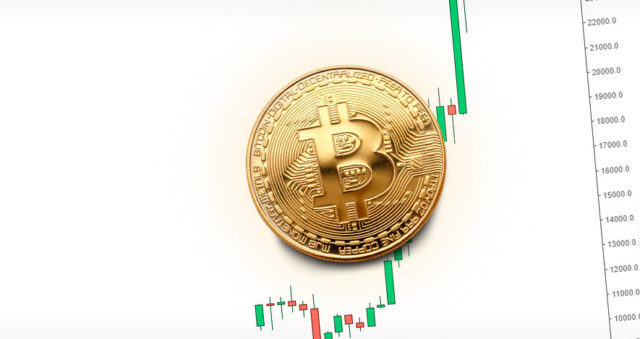- The US dollar extends its reversal since the maximum of Monday, crushed by the growing concerns about the independence of the Fed.
- Trump attacked the president of the Fed again, Jerome Powell, and suggested an early choice of his replacement.
- The Canadian dollar was appreciated 0.5% so far this week, despite the winds against the fall in oil prices.
The US dollar has reversed the slight recovery on Wednesday and is accelerating its downward trend on Thursday, since Trump attacks on the independence of the Fed and the resurgence of fears that unilateral commercial tariffs could lead to stagflation are crushing confidence in the US dollar.
The president of the USA, Trump, called names to the president of the Fed and weighs the possibility of an early appointment of his successor, an unprecedented action that would erode the credibility of the Central Bank. The market has reacted by selling the US dollar strongly.
These comments occur after the president of the Fed maintained his cautious posture towards the cuts of fees, stating that the bank is in a good position to handle a probable increase in inflation, as the impact of tariffs is filtered into the economy.
The hopes of fed cuts and the fears of stagflation are harming the USD
The pressures on the Central Bank, however, together with the recent comments of FED officials who advocate a less restrictive monetary policy, are increasing the hopes of a rate cut in the coming months. The CME Fed Watch tool is valuing a 24% probability of a cut in July and 90% in September, compared to 14% and approximately 65% of the previous week.
Beyond that, the lack of progress in the agreements with the commercial partners is generating a growing concern among investors as the June 9 deadline is approaching. A JP Morgan report has warned about a possible stagning effect of tariffs that have increased the possibilities of a recession in the second half of the year to 40%
In this context, the Canadian dollar has continued to appreciate, with the USD/CAD almost 0.5% lower in the week despite a fall of more than 16% in oil prices, which is the main export of Canada.
Fed Faqs
The monetary policy of the United States is directed by the Federal Reserve (FED). The Fed has two mandates: to achieve prices stability and promote full employment. Its main tool to achieve these objectives is to adjust interest rates. When prices rise too quickly and inflation exceeds the objective of 2% set by the Federal Reserve, it rises interest rates, increasing the costs of loans throughout the economy. This translates into a strengthening of the US dollar (USD), since it makes the United States a more attractive place for international investors to place their money. When inflation falls below 2% or the unemployment rate is too high, the Federal Reserve can lower interest rates to foster indebtedness, which weighs on the green ticket.
The Federal Reserve (FED) celebrates eight meetings per year, in which the Federal Open Market Committee (FOMC) evaluates the economic situation and makes monetary policy decisions. The FOMC is made up of twelve officials of the Federal Reserve: the seven members of the Council of Governors, the president of the Bank of the Federal Reserve of New York and four of the eleven presidents of the regional banks of the Reserve, who exercise their positions for a year in a rotary form.
In extreme situations, the Federal Reserve can resort to a policy called Quantitative Easing (QE). The QE is the process by which the Fed substantially increases the flow of credit in a stuck financial system. It is a non -standard policy measure used during crises or when inflation is extremely low. It was the weapon chosen by the Fed during the great financial crisis of 2008. It is that the Fed prints more dollars and uses them to buy high quality bonds of financial institutions. The one usually weakens the US dollar.
The quantitative hardening (QT) is the inverse process to the QE, for which the Federal Reserve stops buying bonds from financial institutions and does not reinvote the capital of the bonds that it has in portfolio that they expire, to buy new bonds. It is usually positive for the value of the US dollar.
Source: Fx Street
I am Joshua Winder, a senior-level journalist and editor at World Stock Market. I specialize in covering news related to the stock market and economic trends. With more than 8 years of experience in this field, I have become an expert in financial reporting.







